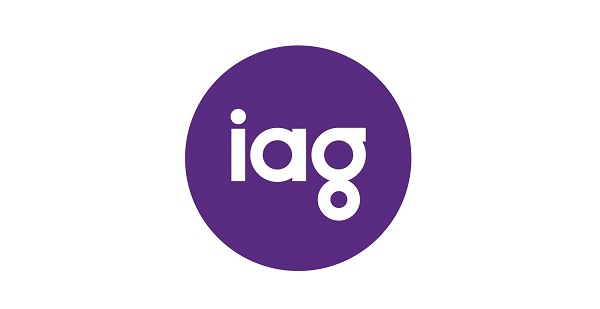Australian insurer IAG has further strengthened its overall reinsurance position with the purchase of a new aggregate catastrophe reinsurance cover and a stop-loss protection for retained natural perils.
 The company has provided an update on its results for the fiscal year ended June 30th, 2020 and also offered some insights into the impact of COVID-19 on its performance, and updates on its use of reinsurance protection.
The company has provided an update on its results for the fiscal year ended June 30th, 2020 and also offered some insights into the impact of COVID-19 on its performance, and updates on its use of reinsurance protection.
IAG says that it enters FY21 with “strong reinsurance cover in place,” which includes access to protection under its calendar 2020 aggregate cover.
“The combination of covers in place at 1 July 2020 results in an estimated maximum event retention of $41 million (post-quota share) at that date, based on current estimates of losses incurred in 2H20 and a gross next event in excess of $250 million,” explains IAG.
IAG continues to have a cumulative whole-of-account quota share position of 32.5% which comprises a 10-year 20% agreement with Berkshire Hathaway, as well as combined 12.5% agreements with Munich Re, Swiss Re, and Hannover Re.
In addition, IAG has revealed that it has “continued to pursue initiatives and strengthen its overall reinsurance position,” which includes the purchase of a new aggregate catastrophe cover for the 12 months to June 30th, 2021.
This new aggregate layer provides $350 million of gross protection in excess of $400 million ($236 million in excess of $270 million post-quota share). Part of the reason for this new cover, states IAG, is to facilitate the transition of its aggregate protection to a financial year format. The insurer explains that this will enable it to avoid the intersection with peak period at activity that can disrupt its renewal process at calendar year-end.
This new aggregate cover will overlay its existing aggregate protection for the balance of calendar year 2020, with the calendar year aggregate cover not being renewed from January 1st, 2021.
Additionally, the Australian primary insurer has purchased a stop-loss protection for retained natural perils which runs in line with FY21. The firm explains that this provides protection of $100 million in excess of $1.1 billion ($67 million in excess of $742 million post-quota share) for the 12 months to June 30th, 2021. On a post-quota share basis, this stop-loss cover will attach at around $84 million above the firm’s FY21 perils allowance of $658 million.
In recent times, Australia has been hit hard by severe natural catastrophe and severe weather events, so the purchase of additional reinsurance protection by IAG isn’t too surprising.
For FY20, IAG expects to report net natural peril claim costs of $904 million, which is up on its updated guidance provided in February of $850 million, owing to higher than expected attritional perils experience in the final three months of the fiscal year.
IAG also reveals that it expects to report gross written premium growth of 1.1% in FY20 and an underlying insurance margin of 16% – impacted by higher reinsurance costs in H2, lower investment returns, and deterioration in the performance of some commercial long tail portfolios in Australia.
The company’s Managing Director and Chief Executive Officer (CEO), Peter Harmer, said: “We have experienced an immensely challenging second half to the 2020 financial year, characterised by severe natural peril activity, the disruption caused by the COVID-19 pandemic to our people, customers and suppliers, and the marked volatility in investment markets which has adversely impacted our results.
“I am proud of the way our people have risen to the challenges we have seen, maintaining a high level of commitment to our customers through a sequence of major natural peril events in the middle of the financial year. And then, with the emergence of COVID-19, through the swift implementation of customer support measures for those suffering hardship as we rapidly shifted to home working arrangement.
“We have seen some softening in our underlying margin in the second half. This stems from the combination of lower investment returns from diminishing interest rates, an increased reinsurance expense as we bolstered our protection following heavy perils incidence early in the calendar year, and some deterioration in Australian commercial long tail loss ratios.
“We enter FY21 with a strong balance sheet and enhanced reinsurance protection, and are well-equipped to negotiate the challenges and opportunities that a post-COVID environment will present.”


